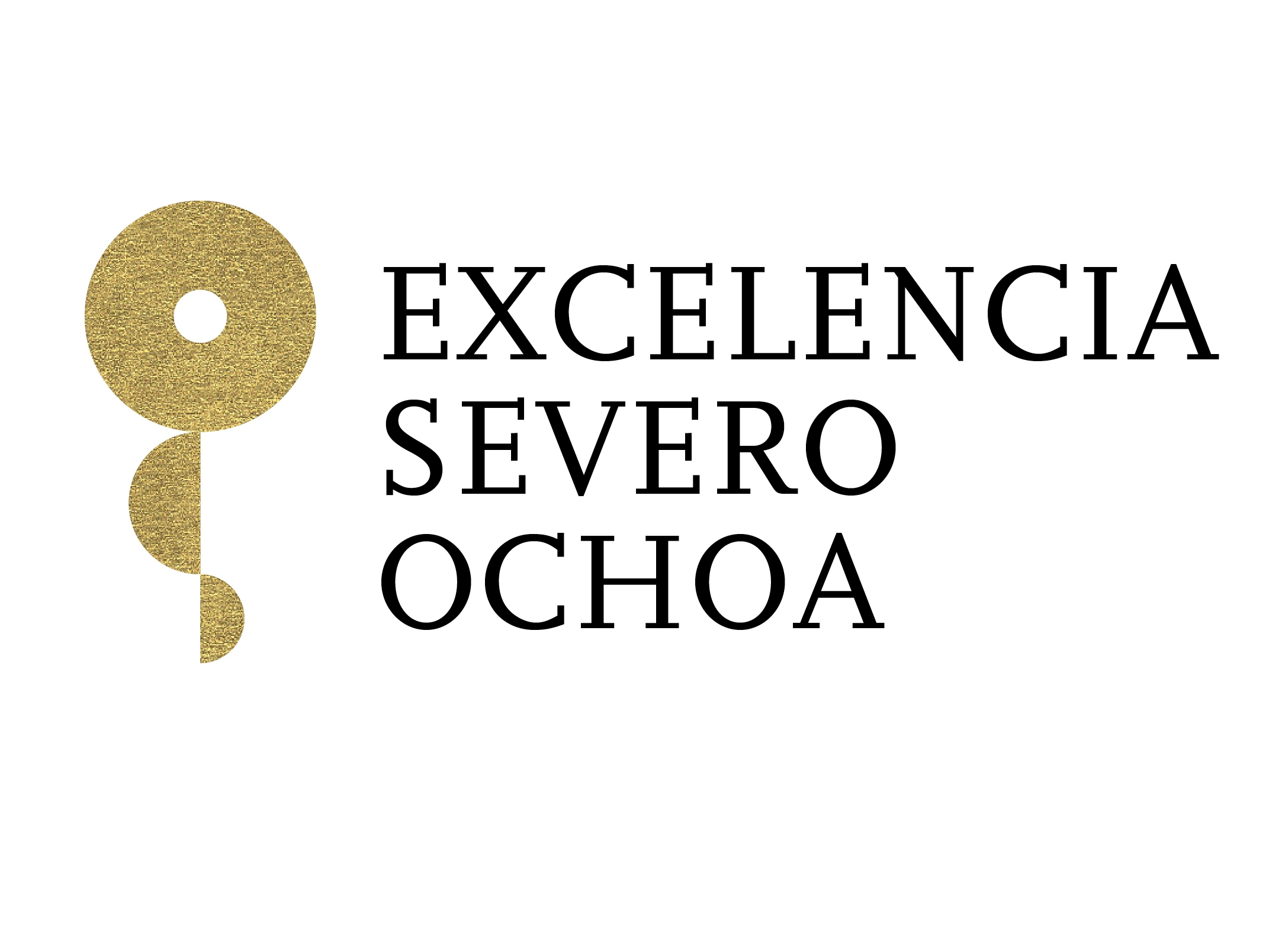Abstract
In this talk, I will motivate the need for continued core microarchitecture research, give some recent examples of topics we study such as instruction fetch, address translation, and cache management, and give some insight into the challenges we face in this kind of work. For example, branch prediction has been a well-studied topic for decades, but recent trends in software design have caused huge growth in instruction footprints, putting pressure on other areas of instruction fetch as well as overwhelming the capacity of modern branch predictors and ultimately leading to performance degradation. We demonstrate a practical solution for this problem. I will go deep into a couple of microarchitecture research projects and describe the impact our work has had on thought in industry and academia over the years, in particular describing the path from my early work on branch prediction to the state of the art today. I will end by discussing our future work in this area.
Short bio
Daniel designed the neural branch predictors used in the popular Samsung Galaxy S7/8/9/10/20. His 2001 paper on perceptron-based branch prediction won the "HPCA Test of Time Award" in 2019. Daniel won the 2021 IEEE CS B. Ramakrishna Rau Award for contributions to neural branch prediction. He is an IEEE Fellow, an ACM Distinguished Scientist, an NSF CAREER award winner, and member of the ISCA, MICRO, and HPCA halls of fame. He is the Chair of the IEEE Computer Society Technical Committee on Computer Architecture (TCCA), co-Chair of the ISCA Steering Committee, and Vice-Chair of the ACM Special Interest Group on Microarchitecture (SIGMICRO). He was General Chair of IEEE HPCA in 2011, Program Chair for IEEE HPCA in 2017, and Selection Committee Chair for IEEE Micro "Top Picks" in 2020. He is Program Co-Chair for MICRO 2024.

